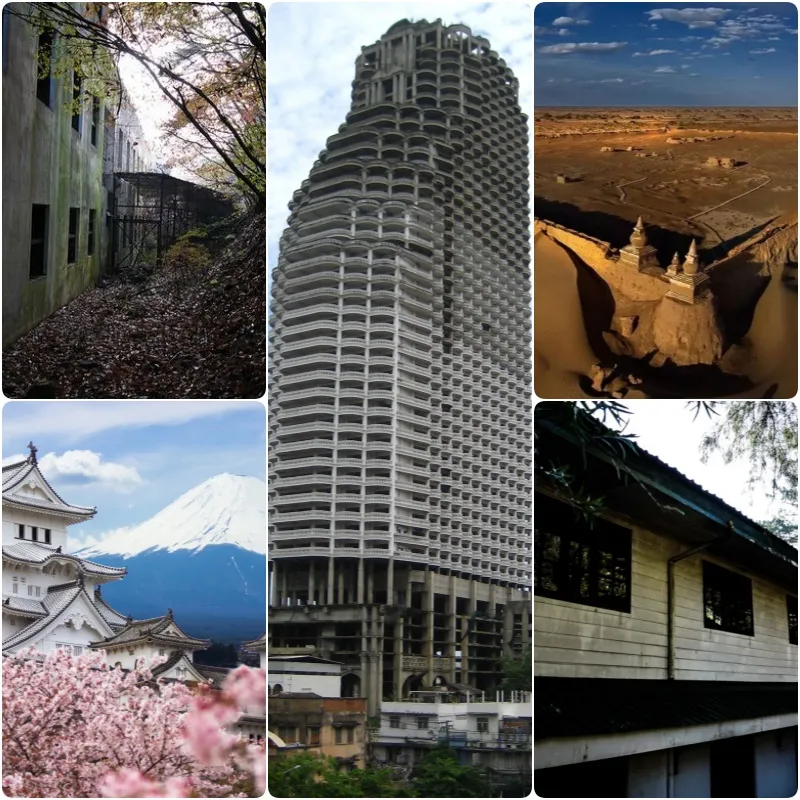
Famous “Haunted” Destinations in Asia
Bhangarh Fort

Bhangarh Fort, built in the 16th century in Rajasthan, India, is known as one of the most famous “haunted” places in the country, according to the Rajasthan Tourism Office. By the 18th century, all residents had abandoned Bhangarh. Legend has it that a wizard cursed the fort after its shadow fell on his place of meditation. Today, the Archaeological Survey of India prohibits visitors from staying within the fort’s premises from sunset to sunrise. Locals believe that spirits wander the area at night, and those who dare to stay have met tragic ends.
Lawang Sewu
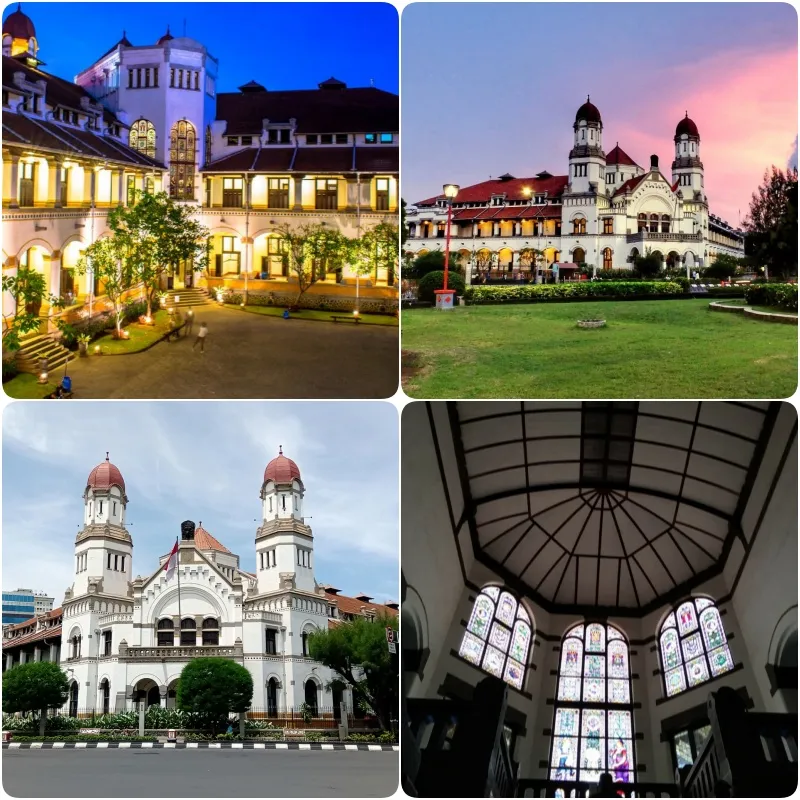
Lawang Sewu, built in the early 1900s in Indonesia, initially served as a headquarters for a railway company. During World War II, Japanese soldiers took over Lawang Sewu and used it as a prison, where bloody conflicts occurred between Dutch, Japanese, and Indonesian forces. Locals believe the site is haunted by numerous spirits, most famously the ghost of a young Dutch woman. According to the Indonesian tourism authority, this is one of the most “haunted” places in the country.
Old Changi Hospital

The Old Changi Hospital in Singapore, operational from 1935 to 1997, now lies abandoned. Many people believe the hospital is filled with the spirits of patients and wartime victims. Underground tunnels beneath the hospital add to its eerie atmosphere. Despite its closure, many curious people still sneak in to explore the haunted site.
Sathorn Unique Tower
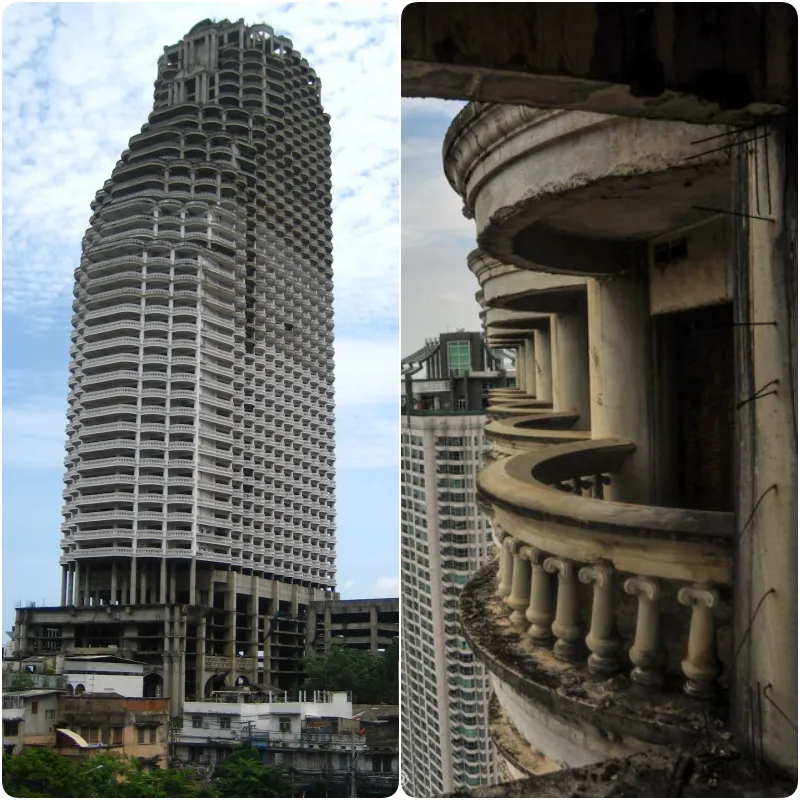
Located in Bangkok, Thailand, the Sathorn Unique Tower, often referred to as the “ghost tower,” gained fame after being featured in the horror movie “The Promise.” Originally intended as a residential building, construction halted in the 1990s due to the financial crisis. In 2014, a foreign tourist died on the 43rd floor while attempting to enter the tower.
Gonjiam Psychiatric Hospital
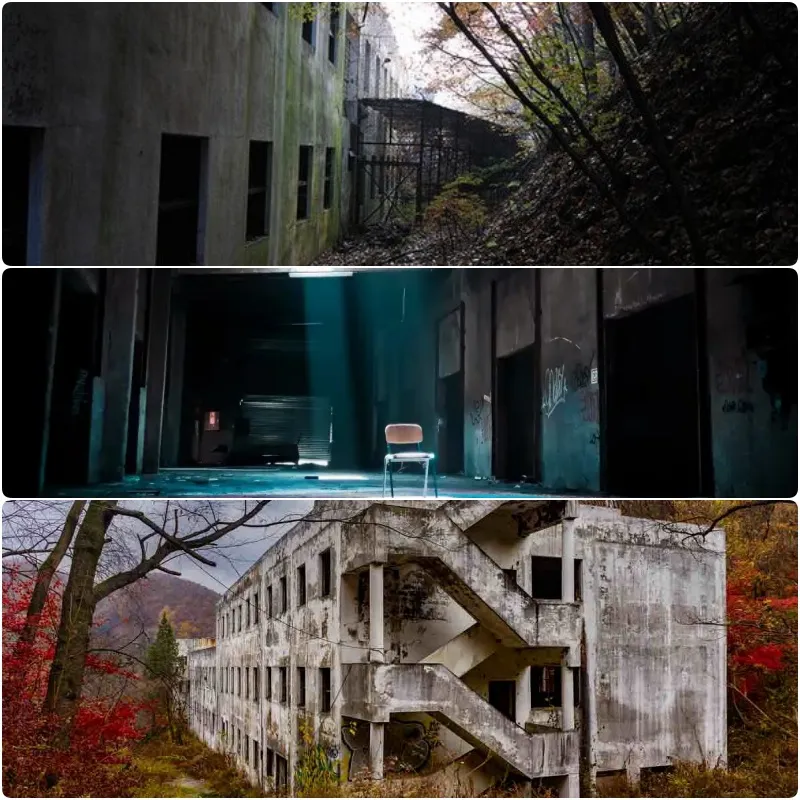
Located in Gyeonggi Province, South Korea, Gonjiam Psychiatric Hospital is one of the most famous haunted sites in the country. After its closure in 1990, rumors of hauntings at the hospital spread, with tales of a mad doctor, suicides, and mysterious deaths of patients. However, the real reason for the hospital’s closure was sewage issues. The 2018 film “Gonjiam: Haunted Asylum,” based on the hospital, became one of the top three most-watched movies in South Korea.
Khara Khoto

Once a thriving Mongolian city along the Silk Road in the Gobi Desert, Khara Khoto was abandoned after the Mongols were defeated by the Ming Dynasty in the 14th century. Today, the city is largely covered in sand, and locals still speak of strange noises emanating from the ancient ruins.
Himeji Castle
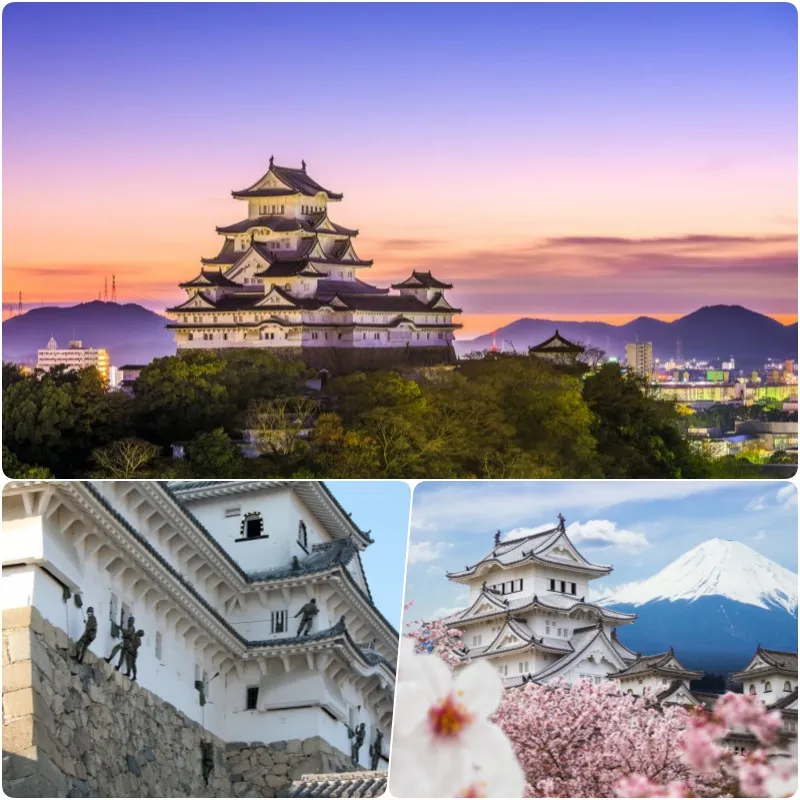
Himeji Castle, also known as the “White Heron Castle,” is one of the best-preserved castles in Japan, with a history spanning over 400 years. In addition to its over 1,000 cherry trees, Himeji is famous for ghostly legends, particularly the tale of Okiku, a maid who was killed for losing a golden plate. People believe that every night, her spirit rises from a well and begins counting the plates, inspiring the famous Japanese work “The Ring.”
Teacher’s Camp
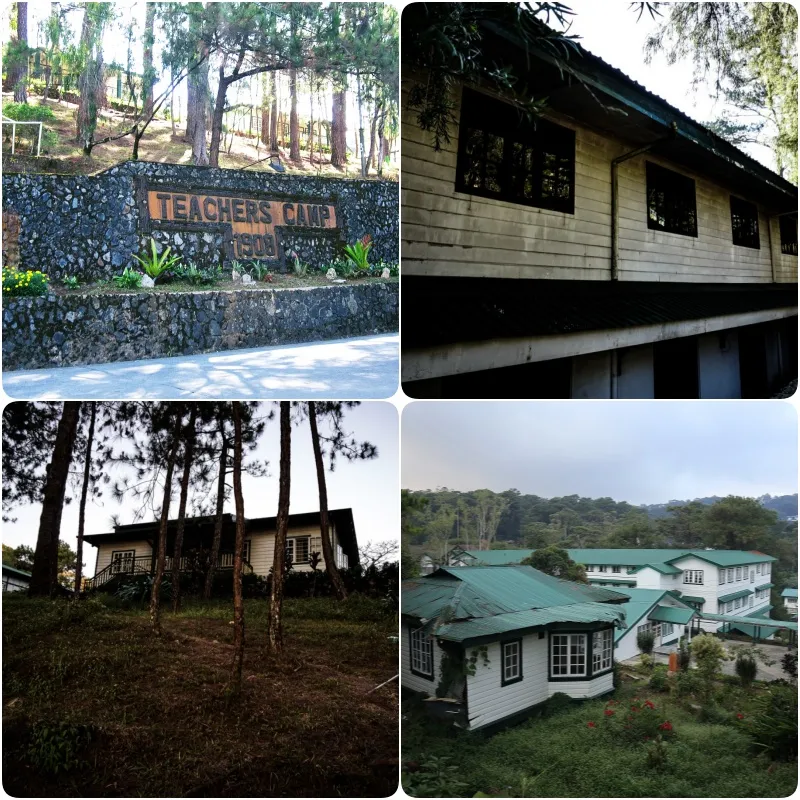
In the Philippines, a site built by Americans in the early 1900s to train teachers and host events is considered the most haunted place in the country. During World War II, the Japanese occupied the area and used it to imprison soldiers. Stories of headless priests and blood-soaked white-clad female ghosts began to circulate.






